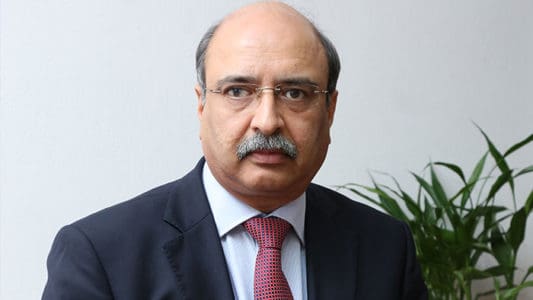Need for FDI
India needs to grab more FDI India’s elite has welcomed the British prime minister’s calls for commercial “special partnership”. In private, however, these advances are all too often greeted with a mildly disinterested shrug. India appears to be losing, as global investors balk at its unfortunate mix of slowing growth and red tape The figures are stark. India’s current account deficit has never been higher, hitting a record 5.4 per cent of gross domestic product in the quarter at the end of September FY12. India’s current account deficit was 4.8% in FY13. Leading rating agency Moody’s has warned that a balance of payment crisis is likely in the next five years, if matters don’t improve. Part of the problem is cyclical: slowing global growth has cut demand for exports at a time when domestic appetite for oil remains strong. But it is also structural: Indian exports are relatively feeble even at the best of times, while the economy sucks in even more from abroad as it expands. India’s leaders are aware of this, of course, and say they can roughly halve the deficit over the next five years. Target of GDP growth is high. By historical standards, it will be impossible without major increases in FDI upto $18 bn a year, as per the data with the Planning Commission. At the precise moment the country needs a lot more foreign money, it faces ever greater problems finding it.FDI hot spot in cooling world
FDI is one of the key economic growth engines that help in fixing some of the core growth issues facing nations. FDI is perhaps the key source that can mitigate any developing nations’ current account deficit, inflation and currency valuations. FDI creates jobs: Half of our population is under the age of 25, and 60 per cent is under the age of 30. It transforms the local economy into an export led zero capital cost. FDI also brings with it expertise which is as much important as the capital itself. Since, it is the multinationals, which are at the leading edge of the FDI led exports they ensure free access to global markets. For example Suzuki Motors FDI in the domestic auto industry in India gave a boost to the industry it also created a whole eco system of SME ancillary auto component manufacturers. India’s auto component exports stand at over $4.5 billion today. In addition, MNC auto makers exported close to 3 million finished vehicles in FY 2011-12. What started with a single FDI made India a global auto hub. As the exports grow, the nations brand popularity grows. The consumer nations start to trust the quality and reliability of the supply. This gives continuity to the economic growth by attracting newer players.Emphasis on the battle – for & against FDI
Why does a country seek FDI? Primarily for two reasons: 1) Technological advances brought by the MNC 2) Capital brought by the MNC What is the final aim to seek FDI? Primarily for development: Here the term development would mean – 1) Development is not just growth of GDP/GNP. As Mahboob –ul-haq and Amartya Sen have indentified Development must mean development in nutrition, education and health in addition to economic development. 2) In the current situation development has been defined as consisting of three concepts: a) Economic vitality b) Ecological Sustainability c) Social Equity More Information is given in the E-book attached.Source: Resurgentindia
Lorem ipsum dolor sit amet, consectetur adipiscing elit, sed do eiusmod tempor incididunt ut labore et dolore magna aliqua. Ut enim ad minim veniam, quis nostrud exercitation ullamco laboris nisi ut aliquip ex ea commodo consequat.












